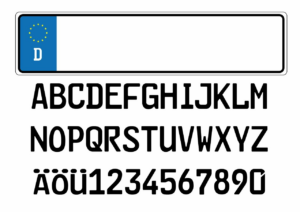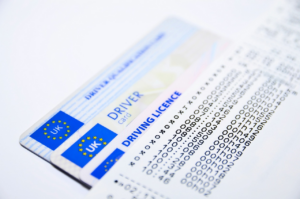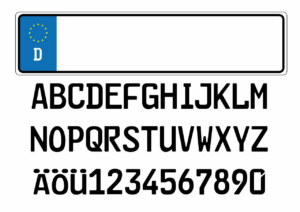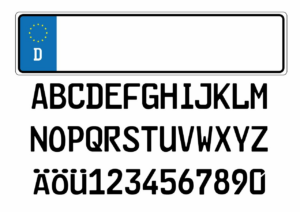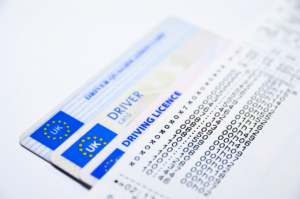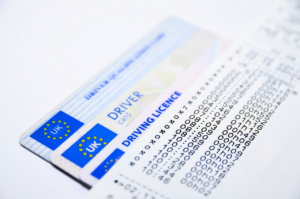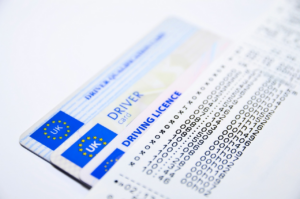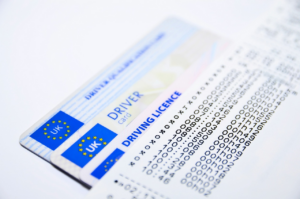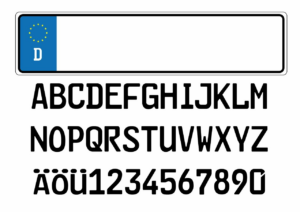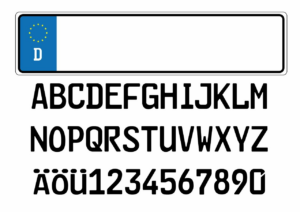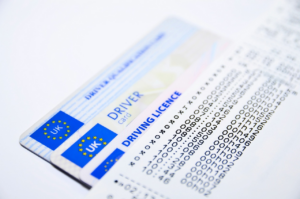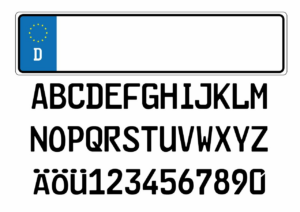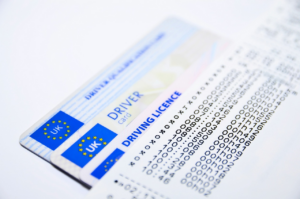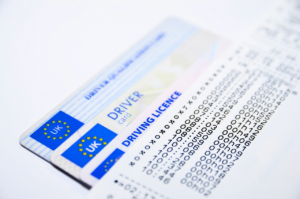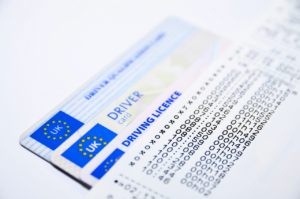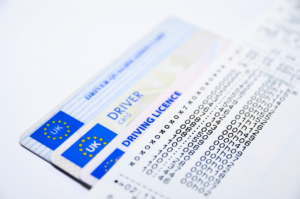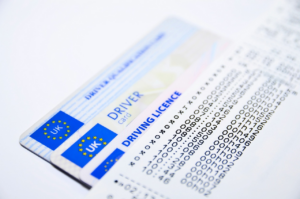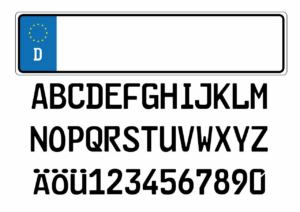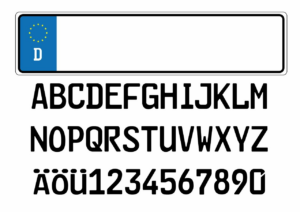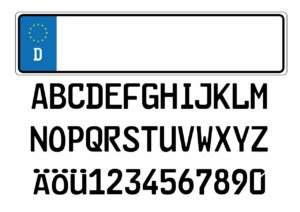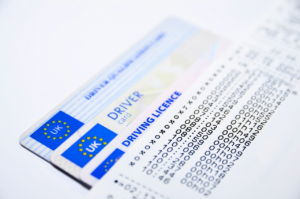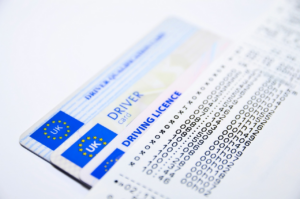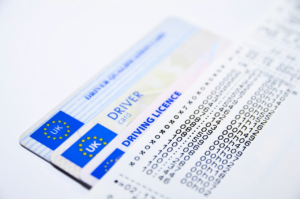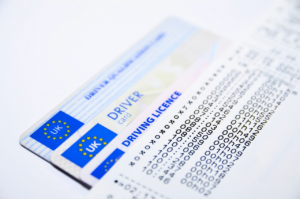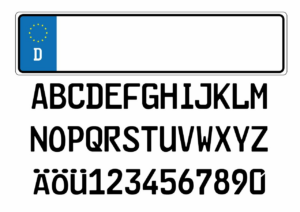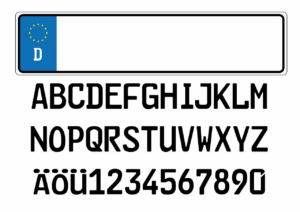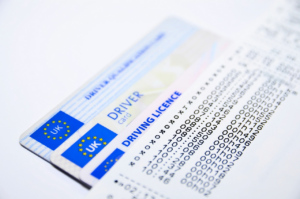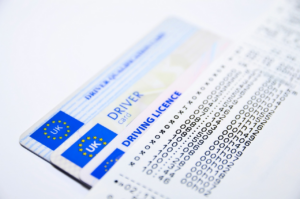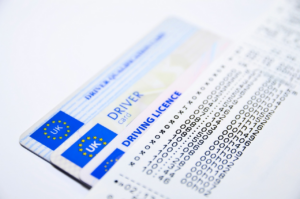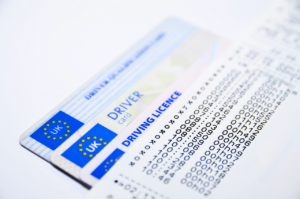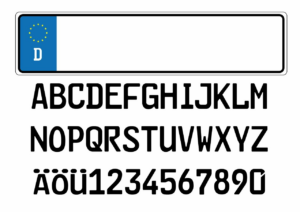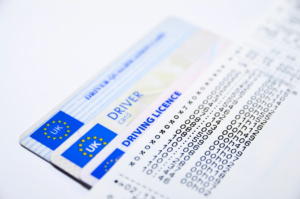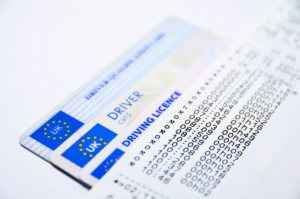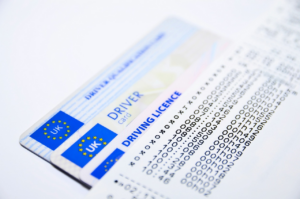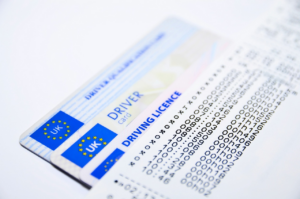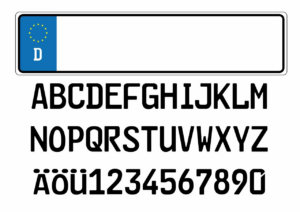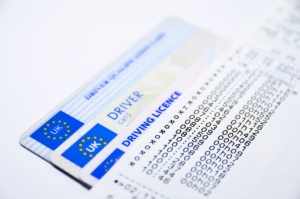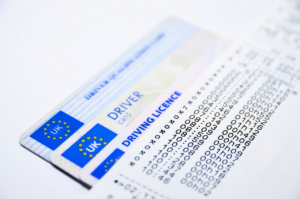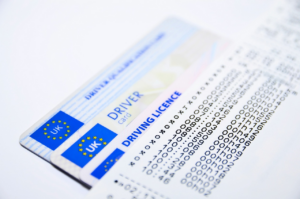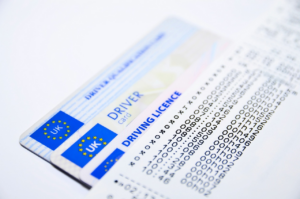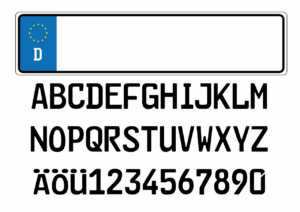Are you ready to hit the road in Michigan? Before you can do so, you’ll need to obtain a driver’s license. Navigating the process can seem daunting, but don’t worry – this complete guide will walk you through all the steps to getting your Michigan driver’s license.
First, you’ll need to determine if you’re eligible for a Michigan driver’s license. This guide will detail the requirements for obtaining a license, including age and residency restrictions.
Once you’re eligible, you’ll need to apply for a learner’s permit and complete driver’s education courses. We’ll provide tips on how to practice for the driving test and what to expect during the test itself.
Finally, we’ll outline the steps to obtaining your Michigan driver’s license and provide information on the state’s driving laws and regulations. By the end of this guide, you’ll be ready to hit the road and explore all that Michigan has to offer.
Determine Eligibility for a Michigan Driver’s License
You may be eligible for a driver’s license in Michigan, but first, you need to meet certain requirements.
To apply for a driver’s license in Michigan, you need to be at least 16 years old and have completed a driver’s education course. Additionally, you need to have a Social Security Number and be a resident of Michigan.
If you are under 18 years old, you will also need to have your parent or guardian sign a consent form before you can take the driving test.
To prove that you are eligible for a driver’s license in Michigan, you will need to provide several documents. These include your birth certificate or passport, Social Security card, proof of residency in Michigan, and proof of completion of a driver’s education course.
You will also need to pass a vision test and a written knowledge test before you can take the driving test. Once you meet all the eligibility requirements and pass the tests, you can receive your Michigan driver’s license and start enjoying the freedom of the open road.
Applying for a Learner’s Permit
To apply for a learner’s permit in Michigan, you’ll need to gather a few required documents. These include a valid identification card, proof of residency, and your social security number.
Once you have the necessary documents in hand, you’ll need to take a written test at your local Secretary of State office to receive your permit.
Required Documents
Now that we’ve covered the necessary documents, it’s time to move onto the next step in obtaining your Michigan driver’s license.
The next step requires you to pass a vision test, a written knowledge test, and a driving skills test. You’ll also need to provide proof of your identity, residency, and social security number.
To ensure that you’re fully prepared for the tests, you should study the Michigan Driver’s Manual. This manual contains all the information you need to know about driving laws and regulations in the state.
Additionally, you may want to consider taking a driver’s education course to improve your knowledge and skills. Once you feel confident in your abilities, you can schedule your tests at a Secretary of State branch office.
Here is a list of the 5 items you need to remember when preparing for your Michigan driver’s license tests:
- Pass a vision test, written knowledge test, and driving skills test
- Provide proof of your identity, residency, and social security number
- Study the Michigan Driver’s Manual
- Consider taking a driver’s education course
- Schedule your tests at a Secretary of State branch office
Taking a Written Test
Don’t forget to study the Michigan Driver’s Manual before taking the written knowledge test, as it contains all the necessary information to help you pass.
The written test consists of 50 multiple choice questions covering various topics such as traffic laws, safe driving techniques, and road signs. You will need to score at least 80% or 40 correct answers to pass the test.
To prepare for the test, you can download the Michigan Driver’s Manual from the Michigan Secretary of State’s website or pick up a hard copy at your local Secretary of State branch. Take your time to read and understand the material thoroughly.
You can also take practice tests online or use study guides to help you prepare. Remember, the more you know, the more confident you’ll feel during the test.
So, take your time to study and review the material, and you’ll be well on your way to getting your Michigan driver’s license.
Completing Driver’s Education Courses
Finishing driver’s ed courses is essential for obtaining a license and gaining the necessary knowledge for safe driving on the roads. These courses are designed to teach you the rules of the road, traffic signs, and traffic laws. They also cover important topics like defensive driving techniques, how to handle emergency situations, and how to avoid accidents.
Completing driver’s education courses is a great way to become a better driver and ensure that you are prepared for any situation that may arise on the road. Driver’s ed courses are typically offered in a classroom setting, but there are also online courses available for those who prefer to learn at their own pace.
The courses are usually divided into several modules, each focusing on a different aspect of driving. You will take quizzes and tests throughout the course to ensure that you are retaining the information and are ready for the final exam.
Once you have completed the course and passed the exam, you will receive a certificate of completion that you will need to show when you apply for your driver’s license. So, if you want to be a safe and responsible driver, completing driver’s education courses is a great place to start.
Practicing for the Driving Test
Practicing for the driving test can be a fun and exciting way to prepare for the road ahead. You’ve already completed the necessary driver’s education courses, so now’s the time to put your knowledge into action.
The best way to prepare for the driving test is to practice driving as much as possible, under various conditions and scenarios. When practicing for the test, it’s important to focus on the skills that will be tested. These include parallel parking, three-point turns, and highway driving.
You can also practice driving in different weather conditions, such as rain or snow, to ensure that you’re prepared for any situation. Remember to stay calm and focused while driving, and always follow traffic rules and regulations.
With enough practice and preparation, you’ll be confident and ready to pass your driving test and hit the road with ease.
Taking the Driving Test
Are you ready to showcase your driving skills and prove that you’re a confident and capable driver? Taking the driving test can be stressful, but with proper preparation, you can increase your chances of passing.
On the day of your test, arrive at the testing center on time and make sure you have all the necessary documents, such as your learner’s permit and proof of insurance.
During the test, the examiner will evaluate your ability to drive safely and follow traffic laws. Be sure to obey all traffic signals and signs, use your turn signals when necessary, and maintain a safe following distance from other vehicles.
Remember to check your mirrors frequently and use your peripheral vision to be aware of your surroundings. If you make a mistake, don’t panic. Keep driving safely and try to correct the mistake as soon as possible.
With practice and confidence, you can pass the driving test and earn your Michigan driver’s license.
Obtaining Your Michigan Driver’s License
Getting your driver’s license in MI is the final step in becoming a confident and independent driver. To obtain your Michigan driver’s license, you must follow these steps:
-
Complete a Segment 2 driver education course: After completing Segment 1, you must take a Segment 2 driver education course. This course includes at least six hours of classroom instruction and a minimum of four hours of behind-the-wheel training.
-
Pass a driving skills test: Once you’ve completed Segment 2, you must take a driving skills test to demonstrate your ability to operate a vehicle safely. The test includes various maneuvers such as parallel parking, backing up, and turning around in a confined area.
-
Provide required documentation: To obtain your Michigan driver’s license, you must provide proof of identity, residency, and Social Security number. You must also pass a vision test and pay the required fee.
Once you’ve completed all of these steps, you’ll be issued a Michigan driver’s license.
Remember, driving is a privilege, not a right. Always follow traffic laws and drive safely to protect yourself and others on the road.
Understanding Michigan’s Driving Laws and Regulations
So, you’re ready to hit the road with your Michigan driver’s license, but do you know all the traffic laws and regulations? It’s important to understand the rules of the road to keep yourself and others safe.
Michigan has specific laws regarding speed limits, traffic signals, and right of way. You should also be aware of the state’s strict DUI laws, which can result in serious consequences if violated.
Traffic Laws
You’ll want to brush up on your knowledge of traffic laws to ensure you’re a safe and responsible driver on the road.
Traffic laws dictate how drivers should behave on the road to avoid accidents and keep everyone safe.
These rules cover everything from speed limits and stop sign regulations to the use of turn signals and passing laws.
One of the most important traffic laws to follow is the speed limit.
Speed limits are in place to prevent accidents and keep traffic flowing smoothly.
Always pay attention to posted speed limit signs, and adjust your speed accordingly.
Additionally, you should always come to a complete stop at stop signs and red lights, and yield to pedestrians and other vehicles when necessary.
By following these simple traffic laws, you can help ensure that you and everyone else on the road stays safe and avoids accidents.
DUI Laws
It’s crucial to understand DUI laws, as they not only protect you from legal consequences but also prevent potential harm to yourself and others on the road.
In Michigan, it’s illegal to operate a motor vehicle with a blood alcohol concentration (BAC) of 0.08% or higher. If you’re under 21, the legal limit is even lower at 0.02%.
Penalties for a first-time DUI offense include fines, license suspension, and possible jail time.
If you’re pulled over for suspicion of DUI, the police officer may ask you to take a breathalyzer test or submit to a blood test. Refusing to take these tests can result in an automatic license suspension.
It’s important to remember that a DUI conviction can have long-lasting consequences, including increased insurance rates, difficulty finding employment, and a tarnished reputation. So always make sure to have a designated driver or use a rideshare service if you plan on drinking.
Staying Safe on Michigan’s Roads
When it comes to staying safe on Michigan’s roads, there are a few key points to keep in mind.
First and foremost, defensive driving techniques can go a long way in preventing accidents. This means being aware of your surroundings, staying alert, and anticipating potential hazards.
Additionally, with Michigan’s unpredictable weather, it’s important to know tips for driving in inclement conditions such as snow, rain, or fog.
By following these guidelines, you can help ensure a safer driving experience for yourself and others on the road.
Defensive Driving Techniques
To become a better and safer driver, try implementing these defensive driving techniques into your daily routine.
First, always be aware of your surroundings and anticipate potential hazards. Scan the road ahead for any obstacles, pedestrians, or other cars that may pose a risk. Keep a safe distance from the vehicle in front of you and maintain your speed limit.
Secondly, stay alert and focused while driving. Avoid distractions such as texting, eating, or applying makeup. Keep your hands on the wheel and your eyes on the road. Always wear your seatbelt and make sure all passengers do the same.
Remember that defensive driving is not just about following traffic laws, but also about being aware and prepared for unexpected situations on the road. By practicing these techniques, you can reduce your risk of accidents and ensure a safer driving experience.
Tips for Driving in Inclement Weather
As you navigate through rain-soaked streets and wind-whipped highways, remember to slow down and stay focused on the road ahead to ensure a safe and steady journey. Inclement weather can be dangerous, but with the right techniques, you can confidently handle any situation.
Here are some tips to keep in mind:
-
Increase your following distance: Wet or icy roads can increase stopping distance, so it’s important to give yourself more space between you and the car in front of you.
-
Use your headlights: Even during the day, turning on your headlights can increase visibility for both you and other drivers.
-
Avoid sudden movements: Make gentle turns, accelerate and brake slowly and smoothly to avoid skidding on wet roads.
-
Know how to handle hydroplaning: If your car begins to hydroplane (when water causes your tires to lose contact with the road), take your foot off the gas and steer straight until you regain traction.
By following these tips and staying alert, you can safely navigate through any weather conditions. Remember, it’s better to arrive a little late than to not arrive at all. Stay safe out there!
Frequently Asked Questions
Are there any age restrictions for obtaining a Michigan driver’s license?
If you’re wondering about age restrictions for obtaining a Michigan driver’s license, the answer is yes, there are certain requirements that you must meet.
In Michigan, you must be at least 16 years old to apply for a Level 1 license, which is also known as a learner’s permit.
Once you have held your Level 1 license for at least six months, completed a driver’s education course, and log at least 50 hours of supervised driving (including 10 hours of night driving), you can then apply for a Level 2 license, which is also known as an intermediate license.
Then, once you turn 18, you can apply for a full driver’s license.
It’s important to note that there are also restrictions on the number of passengers and the hours you can drive with each level of license, so make sure to familiarize yourself with all the requirements before hitting the road.
Can I apply for a Michigan driver’s license if I have an out-of-state license?
If you have an out-of-state driver’s license, you can apply for a Michigan driver’s license by visiting a Secretary of State branch office.
You’ll need to provide proof of identity, residency, and citizenship or legal presence in the United States. You’ll also need to pass a vision test and a written knowledge test.
If you have a valid out-of-state driver’s license, you may be able to skip the driving skills test. However, if you’re under 18 years old or your out-of-state license has been expired for more than four years, you’ll need to take the driving skills test.
Once you’ve met all the requirements, you’ll be issued a Michigan driver’s license.
What documents do I need to bring with me when applying for a Michigan driver’s license?
To apply for a Michigan driver’s license, you’ll need to bring several documents with you to the Secretary of State branch office. These include your current out-of-state driver’s license, proof of U.S. citizenship or legal presence (such as a birth certificate or passport), proof of Michigan residency (such as a utility bill or lease agreement), and your Social Security number or proof of ineligibility.
You may also need to provide additional documents depending on your specific situation, such as a marriage certificate or court order if your name has changed. It’s important to bring all required documents and to have them in their original form or certified copies.
By being prepared with the necessary documents, you can ensure a smooth and successful application process for your Michigan driver’s license.
How long is the duration of a Michigan driver’s license?
Your Michigan driver’s license is valid for up to four years from the date it was issued. After that time, you’ll need to renew it to maintain your driving privileges.
The renewal process typically involves filling out an application, providing updated personal information, and paying a fee.
It’s important to keep your license current and up-to-date to avoid any legal issues or penalties while on the road. Remember to always drive safely and responsibly, and follow all traffic laws and regulations.
What happens if I fail the driving test in Michigan?
Failing the driving test in Michigan can be disappointing, but it’s not the end of the world. You’ll be given a chance to retake the test, but you’ll have to wait at least one day before scheduling another appointment.
During this time, it’s important to reflect on what went wrong during the test and work on improving your driving skills. You may want to seek out additional driving lessons or practice with a licensed driver to gain more experience.
Remember, passing the driving test is a requirement to obtain a Michigan driver’s license, but with determination and practice, you can succeed.
Conclusion
Congratulations! You’ve successfully navigated the process of obtaining a Michigan driver’s license.
You’ve determined your eligibility, applied for a learner’s permit, completed driver’s education courses, practiced for the driving test, and passed the driving test to obtain your license.
However, obtaining your license is just the beginning. It’s important to continue to educate yourself on Michigan’s driving laws and regulations, as well as staying safe on the roads.
Remember to always wear your seatbelt, obey speed limits and traffic signals, and avoid distracted driving. By following these guidelines, you can ensure not only your safety but the safety of others on the road.
Drive safely and enjoy the freedom that comes with having a Michigan driver’s license.





